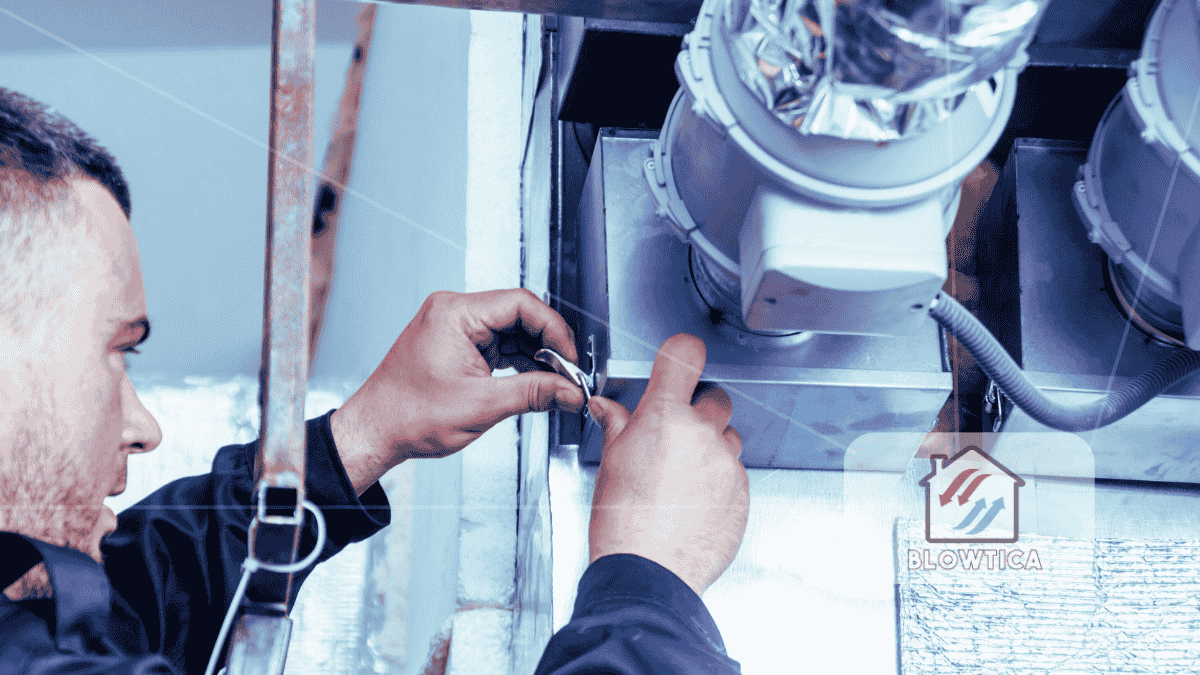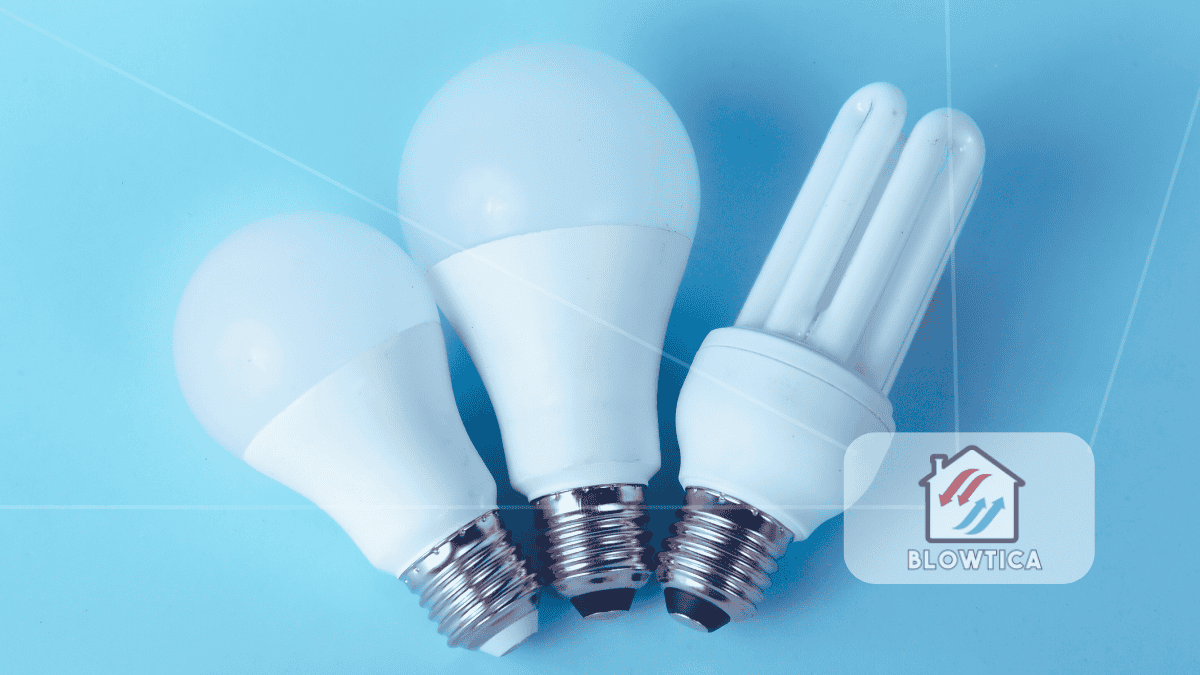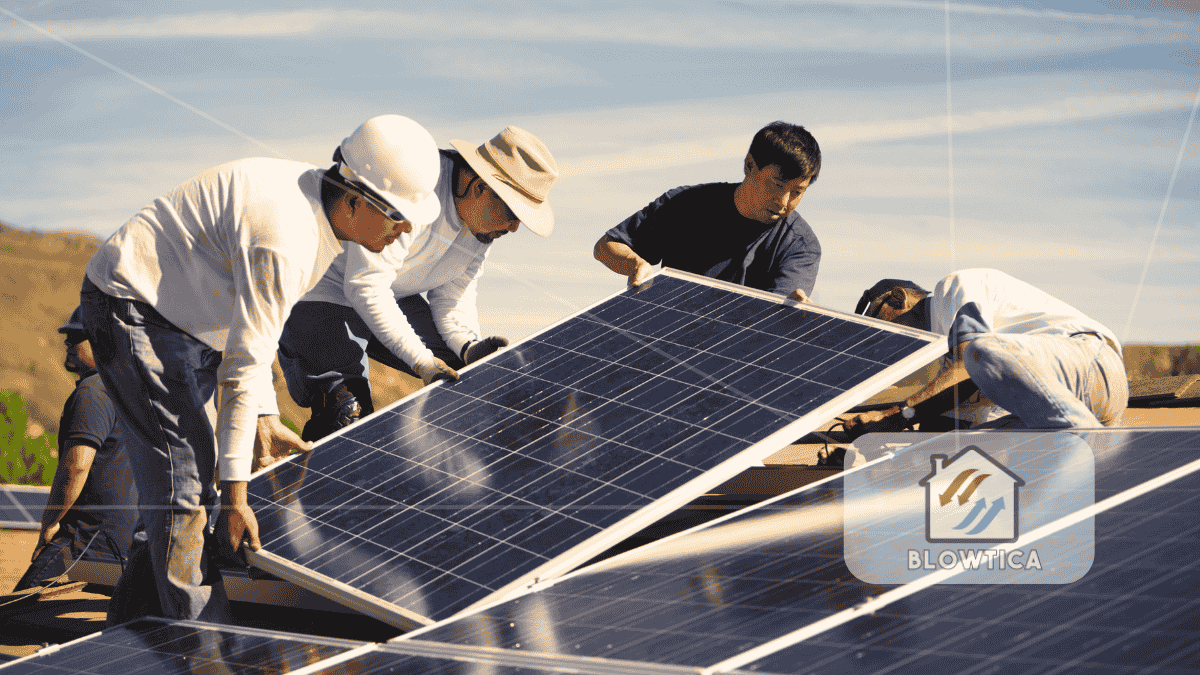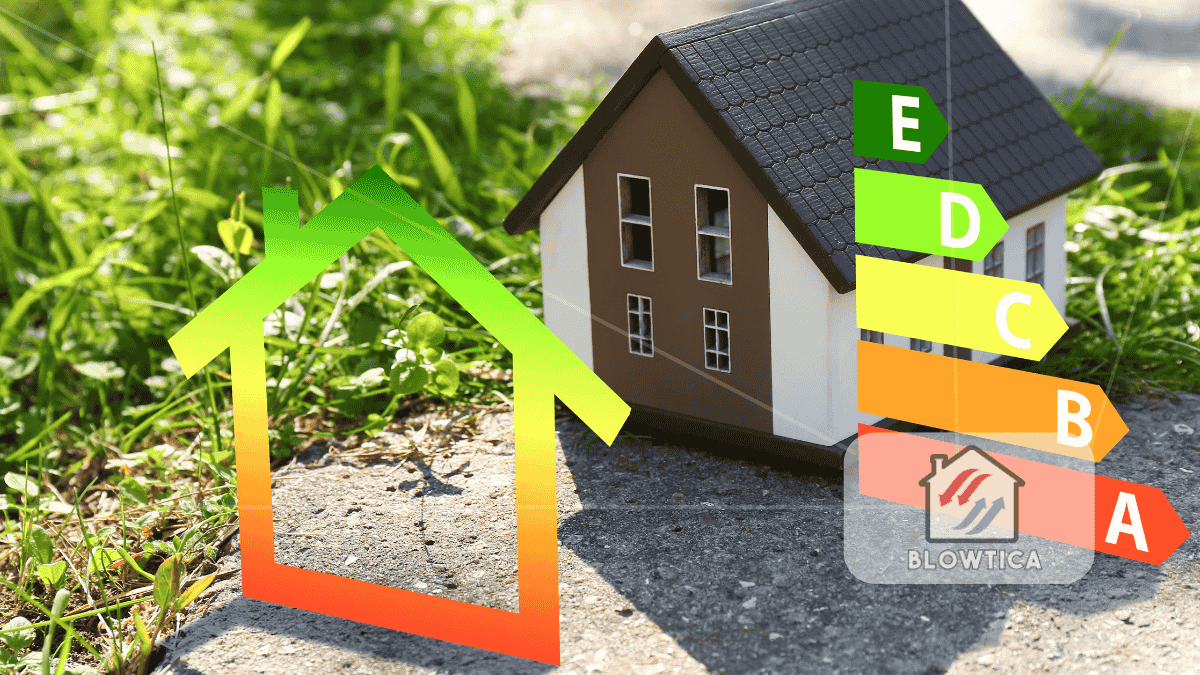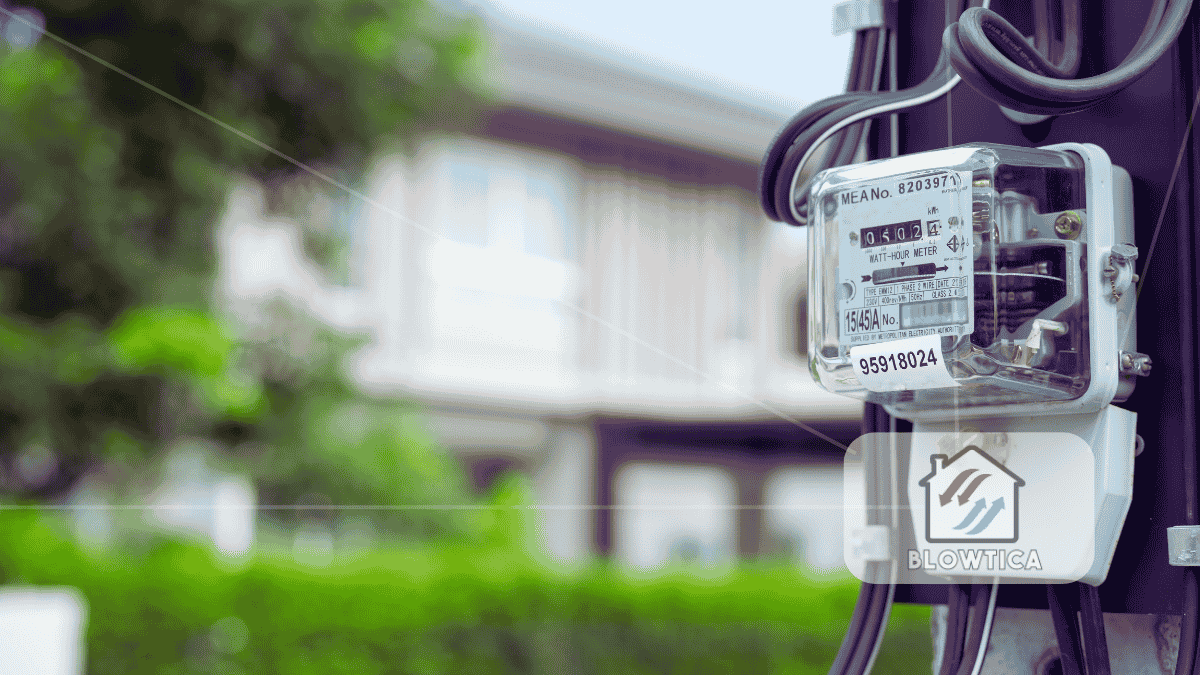
Modern buildings are sealed tight for energy efficiency, but that often comes at a cost: stale air, indoor pollutants, and moisture build-up. Enter energy recovery ventilators (ERVs), smart ventilation systems that refresh indoor air without wasting energy. For anyone evaluating the top HVAC upgrades for better performance and healthier living, ERVs are a must-consider solution.
What Are Energy Recovery Ventilators?
Energy recovery ventilators are advanced mechanical devices that bring fresh outdoor air into a building while expelling stale indoor air. What makes them different is their ability to reclaim energy from the air being exhausted and use it to condition the incoming air. This process happens inside a heat exchanger where the two air streams pass close enough to transfer heat and moisture, but without mixing.
In colder months, this means the cold incoming air is pre-warmed. In summer, the reverse occurs incoming hot air is cooled down using the energy from the outgoing cooler air. This exchange can reclaim up to 80% of the energy that would otherwise be lost.
How Do Energy Recovery Ventilators Work?
ERVs work through a central component called the energy recovery core. As air flows in and out of the unit, the core enables a transfer of heat and humidity. Most ERVs are installed into existing ductwork and operate alongside heating and cooling systems.
The system keeps indoor air pressure balanced by ensuring equal volumes of air come in and out. Some models include multi-speed fans, sensors, and programmable settings to adapt ventilation to your lifestyle and local climate conditions. This flexibility improves comfort and efficiency while avoiding the need for constant manual adjustments.
Benefits of Installing Energy Recovery Ventilators
1. Cleaner, Healthier Indoor Air
Indoor environments can accumulate volatile organic compounds (VOCs), pet dander, mold spores, dust, and carbon dioxide. ERVs continuously cycle in filtered outdoor air, diluting indoor contaminants and improving overall air quality.
2. Reduced Energy Waste
Heating or cooling untreated outdoor air demands a lot of energy. ERVs solve this by capturing thermal energy from outgoing air and using it to temper the incoming stream, easing the burden on HVAC systems.
3. Better Humidity Regulation
High humidity can lead to mold and structural damage, while low humidity can cause respiratory discomfort. ERVs maintain more stable humidity levels by transferring moisture between airflows, reducing the need for dehumidifiers or humidifiers.
4. Enhanced Thermal Comfort
No more chilly drafts in winter or hot bursts of air in summer. ERVs help maintain a more even indoor temperature, especially in tightly sealed or energy-efficient homes.
5. Lower Utility Bills
By reducing the workload on your furnace and air conditioner, ERVs help cut down on monthly energy bills. The long-term savings often justify the upfront installation cost.
6. Extended Equipment Lifespan
Less strain on your HVAC system means reduced wear and tear, fewer repairs, and a longer operational life for your heating and cooling equipment.
ERVs vs. HRVs: Understanding the Difference
While both systems serve to ventilate and recover energy, the key difference is moisture control. Heat Recovery Ventilators (HRVs) only exchange heat. Energy Recovery Ventilators handle both heat and humidity.
In cold, dry climates, HRVs may be sufficient. But in regions with high humidity or extreme seasonal variations, ERVs offer more balanced and efficient ventilation. Choosing the right system depends on local weather patterns and specific indoor air quality needs.
Ideal Applications for ERVs
ERVs aren’t just for high-end homes. They’re becoming a staple in a range of settings:
- New construction: ERVs are ideal for energy-efficient or net-zero homes where airtight construction is a priority.
- Retrofits: Older homes can benefit from improved air quality and energy savings when ERVs are integrated into existing ductwork.
- Multifamily buildings: ERVs help maintain balanced ventilation across units without compromising privacy or energy efficiency.
- Offices and schools: Improved air circulation reduces fatigue and enhances concentration.
- Healthcare facilities: Proper ventilation is vital to controlling pathogens and maintaining a sterile environment.
If you’re researching the top HVAC upgrades for comfort, savings, and indoor health, an ERV installation should be on your radar.
Factors to Consider Before Installing an ERV
1. Building Design and Size
Larger buildings require larger ERV systems. Sizing should be based on square footage, occupancy, and airflow needs.
2. Climate Considerations
ERVs are especially effective in climates with high humidity or large temperature swings. In consistently dry or temperate regions, HRVs may be more cost-effective.
3. Integration with Existing HVAC Systems
Professional installation is crucial. Improper integration can lead to backdrafts, unbalanced air pressure, or ineffective ventilation.
4. Filter Quality
Choose models with high-efficiency filters, especially if you live in urban or high-pollen areas. Filters should be easy to access and replace.
5. Noise Level and Location
Look for low-decibel models if the ERV will be installed near living spaces. Ensure there is enough clearance for maintenance access.
ERVs and Building Certifications
Energy recovery ventilators are a strong asset for buildings seeking green certifications. Here’s how they contribute:
- LEED: Credits for improved indoor environmental quality and optimized energy performance.
- ENERGY STAR: Some ERV models meet stringent energy-efficiency criteria set by the EPA.
- WELL Building Standard: Focuses on human health and wellness through indoor air quality and comfort.
Adding an ERV can be a strategic step toward achieving sustainability goals while enhancing occupant health and productivity.
Residential vs. Commercial ERVs
Residential Systems
Home units are more compact, quieter, and tailored to a household’s specific ventilation needs. Many new smart home ERVs can be controlled via apps or integrated with home automation platforms.
Commercial Systems
These units are more powerful, with features like demand-control ventilation, CO2 sensors, and integration into centralized building management systems. Commercial ERVs are crucial for maintaining occupant health in high-density environments.
Common Myths About ERVs
“ERVs are only for new homes.”
False. While common in new construction, ERVs can be retrofitted into older homes with proper design.
“They use too much energy.”
Wrong. ERVs are engineered to save energy by reducing the heating and cooling load.
“You don’t need one if you open your windows.”
Opening windows isn’t always practical due to weather, security, or outdoor air pollution. ERVs provide consistent, filtered ventilation year-round.
Maintenance Requirements
ERVs are low-maintenance but not zero-maintenance. Regular upkeep ensures they perform efficiently:
- Change or clean filters every 3–6 months.
- Inspect and clean the core annually to prevent buildup.
- Check fan motors and dampers for wear.
Neglecting maintenance can reduce airflow, increase energy use, and shorten the unit’s lifespan.
Smart Tech and ERVs
Many modern ERVs feature smart controls and can integrate with home automation systems. Features may include:
- Automated humidity sensors
- Air quality monitoring
- Mobile app control
- Voice assistant compatibility
These upgrades make it easier to fine-tune ventilation based on occupancy, weather, or specific room needs.
The Growing Role of ERVs in HVAC Design
With energy codes getting stricter and demand for healthy indoor spaces rising, ERVs are no longer niche products. They’re becoming integral to HVAC design and energy modeling.
As more building owners prioritize energy savings, occupant health, and long-term resilience, ERVs will continue to stand out as one of the top HVAC upgrades available.
Final Thoughts
Energy recovery ventilators give you cleaner air without higher energy costs. They reduce HVAC strain, cut utility bills, and support healthier, more comfortable indoor environments. Whether you’re building new, retrofitting an older home, or managing a commercial space, ERVs provide a cost-effective, future-ready solution.
In a world where energy efficiency and indoor air quality are non-negotiable, energy recovery ventilators are not just a smart choice, they’re a necessary one. Investing in this technology today ensures your building is ready for the challenges of tomorrow.


